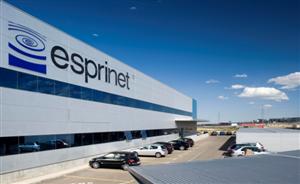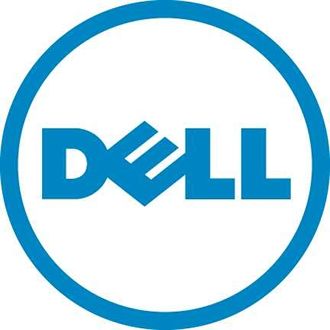 EMC, which was celebrating the release of new tech which could see it take control of the mid-range datacentre market, claims that its rise to dominance is because of its Channel strategy.
EMC, which was celebrating the release of new tech which could see it take control of the mid-range datacentre market, claims that its rise to dominance is because of its Channel strategy.
Talking to ChannelEye, EMC’s Vice President of Global channel sales, Gregg Ambulos said that a few years ago the company did not have an effective channel strategy and relied on its own sales team.
“That was probably OK when we had only one product but then Joseph Tucci took over as CEO in 2001 and wanted a different approach and a much stronger channel,” Ambulos said.
Since then more than 65 percent of EMC sales come through its Channel and in the area of mid-range data centre boxes. Also it is starting to notice that partners are starting to defect from rivals like IBM to join in.
Part of this is a strong product line. EMC holds most of the mid-range data centre business on the basis of its strong server offerings.
Ambulos thinks that this will become more obvious as the new VNX range hits the streets. The new VNX is a much easier box to sell as it is faster and cheaper than previous incarnations.
He said that the technology changes to the VNX range were driven by EMC’s partners some of which were involved in actually crafting the developments.
Ambulos said that while EMC will be running channel incentive programmes to sell the VNX range, these will be comparatively low key. Channel partners need very little incentive to sell the VNX range and just really wanted to get started.

















